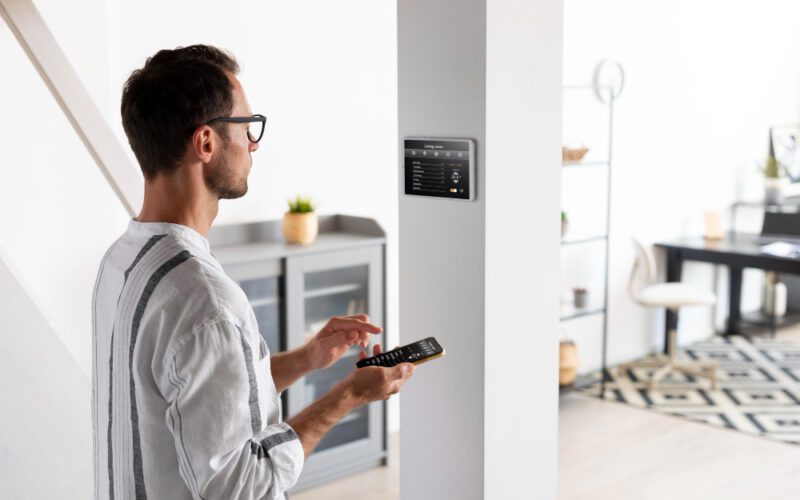With more connected devices than ever, your smart home can quickly become a target for cyber threats if left unprotected. The good news? You can secure your smart home network in just 10 minutes with a few quick, effective steps. Whether you’re new to smart devices or already have a robust setup, these actions will help you boost security and protect your data.
1. Change Your Router’s Default Credentials
Most routers ship with default usernames and passwords, which are often publicly listed online. If you haven’t changed them yet, you’re leaving your entire network vulnerable.
What to do:
Log into your router’s admin panel (typically via 192.168.1.1 or 192.168.0.1 in your browser) and update both the admin username and password to something strong and unique. Use a password manager to store them securely.
2. Use a Strong Wi-Fi Password and Rename the Network
Your Wi-Fi name (SSID) should not reveal your identity or the router model. Avoid names like “John’s Wi-Fi” or “Netgear1234.”
What to do:
Change your SSID to something generic and update your Wi-Fi password to a long, complex passphrase. Use WPA3 encryption if your router supports it; otherwise, use WPA2.
3. Create a Guest Network for Smart Devices
Most modern routers allow you to set up a guest network. This is useful not just for visitors, but also to isolate your smart devices from your main network.
What to do:
Enable the guest network and connect your smart devices to it. This minimizes the impact if one device is compromised—it won’t give hackers access to your computers or phones.
4. Update Device Firmware
Smart devices often have software vulnerabilities that hackers exploit. Manufacturers release firmware updates to patch these issues.
What to do:
Check for firmware updates on all smart devices—thermostats, cameras, lights, speakers—via their companion apps or manufacturer websites. Some devices let you enable automatic updates.
5. Disable Unused Features
Many IoT devices come with features like remote access, UPnP (Universal Plug and Play), or voice control that you may not need.
What to do:
Disable anything you don’t use. Remote access, in particular, should be turned off unless absolutely necessary. You can often find these settings in your device app or web dashboard.
6. Turn On Network-Level Firewalls
Most modern routers have built-in firewalls, but they’re often turned off by default.
What to do:
Go into your router’s settings and enable the firewall. For an added layer, consider installing a network firewall like Firewalla or setting up a VPN to secure external connections.
7. Use Two-Factor Authentication (2FA)
Many smart home apps now offer 2FA, which adds a layer of protection even if someone steals your password.
What to do:
Enable 2FA for your router admin page, smart home hubs, and any connected apps that support it (Google Home, Alexa, SmartThings, etc.).
Final Thoughts
You don’t need to be a tech expert to secure your smart home network. In just 10 minutes, you can take actionable steps to protect your devices, data, and privacy from common threats. As the number of connected devices grows, staying proactive is the best way to ensure your home stays both smart and safe.









